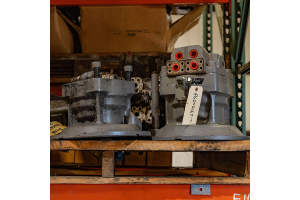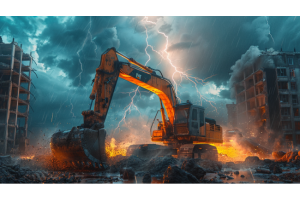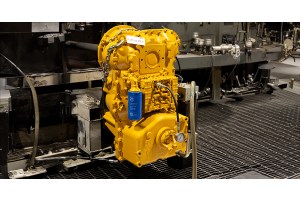
Today is Election Day and the country will choose either President Donald Trump or former Vice President Joe Biden to lead the country for the next four years.
Although Trump and Biden have different perspectives on how to deal with issues facing the nation, one thing they seem to agree on is the need for improved infrastructure.
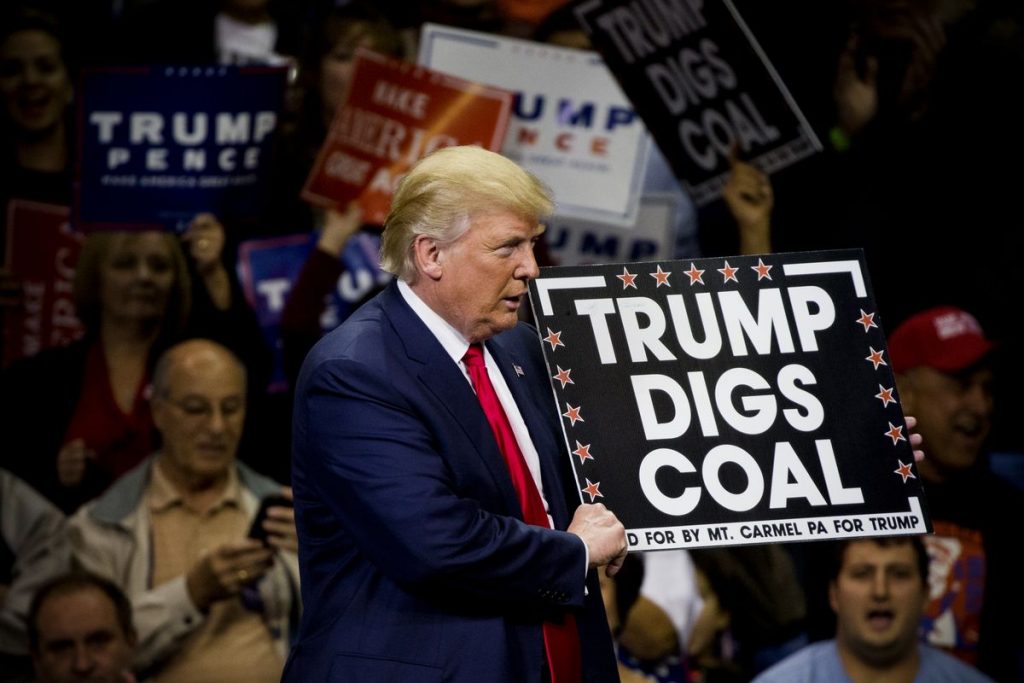
In 2018 Trump introduced the Building a Stronger America infrastructure plan. It includes $200 billion in federal money to fuel $1.5 trillion in infrastructure spending on highways, transit, rail, water and more.
The plan also contains ARTBA-supported regulatory reforms, such as streamlining requirements under the National Environmental Policy Act.
The Biden plan to Build Back Better Economic Recovery Plan is based heavily on environmental issues affecting the climate and green energy.

The plan focuses on the COVID-19 pandemic with $2 trillion in aid to stimulate the economy, with an emphasis on manufacturing. Investment for infrastructure prioritizes road, bridges, schools, and the internet. Biden also wants to promote "clean" transportation.
If Biden wins, the Democrats will be in great position to move legislation through congress based on a 34-seat majority in the House of Representatives, a margin they may add to on Tuesday.
Meanwhile, control of the U.S. Senate is up in the air. Right now Republicans control the Senate but with 35 seats being contested, Democrats could also take control of the Senate if they gain a mere four seats. With a Biden win, Washington would be in complete Democrat control.

What exactly does this mean when it comes to the construction industry? Obviously, a second term for Trump means he forges ahead with an infrastructure plan virtually void of clean energy focus. Rolled back regulations will remain in place, and more could come, freeing up American industry to be more productive. The wall at the Mexican-American boarder will likely be finished by the end of his second term, as more than half of the fence line is already completed. The problem for President Trump will remain in congress where democrats are already able to resist legislation with control of the House and could leave Trump handcuffed if Democrats also gain control of the Senate.
If Biden wins, he will be in a similar situation as Trump is now when it comes to the balance of power on Capital Hill. However, if Biden wins the election and Democrats gain at least five seats in the Senate, Biden's first term will be one in which his proposals on infrastructure, clean energy, and regulations on certain industries including oil and gas, will move forward without much resistance.
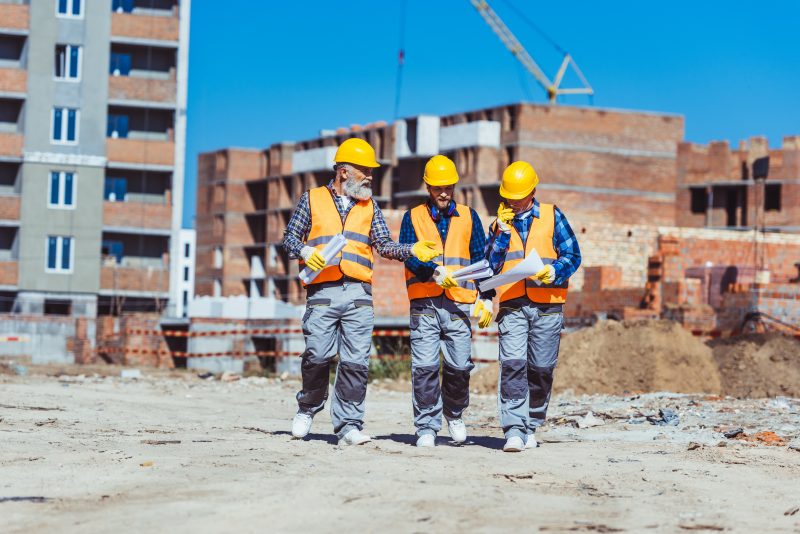
Perhaps the biggest question as we enter 2021 is the best way to handle the economic recovery from the COVID-19 pandemic. On the campaign trail President Trump tried to hammer home the idea Biden will again shut the country down leading America to the brink of economic collapse. Biden meanwhile accused Trump of mishandling the pandemic response, asserting the economy will be in jeopardy, not from another shutdown, but instead from a mismanaged health crisis.
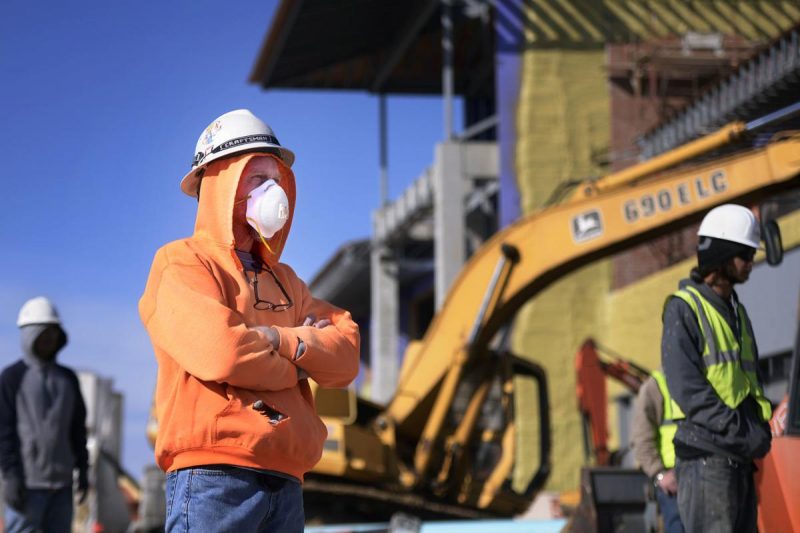
Both candidates pledge additional aid packages and relief for state and local government. President Trump tried to get another stimulus passed at the end of the summer but Nancy Pelosi and House Democrats would not allow it to go through.
When it comes to tax, the thought is cuts under Trump will remain while a Biden presidency would see an increase in taxes for Americans.
Each year, legislators try to attach expiring tax provisions to any must-pass legislation. Given the number of tax provisions included in prior COVID-19-related bills, there will be a push to extend them beyond 2020. Many key provisions in 2017’s Tax Cuts and Jobs Act, such as full expensing of equipment or increased estate tax exemption, do not expire in 2021.
Though the stance on taxes for both candidates is much more complicated than that, with results varying depending on tax status, the general consensus is Biden will indeed raise taxes, which will affect the construction industry and beyond.





